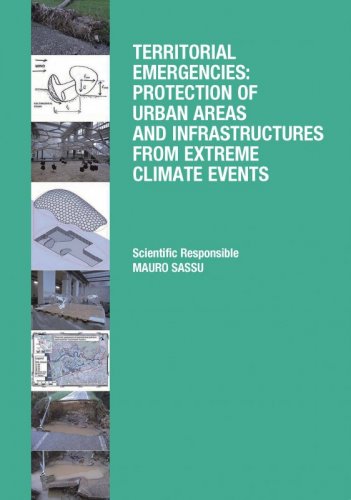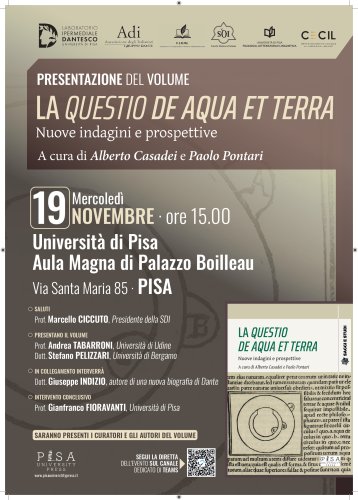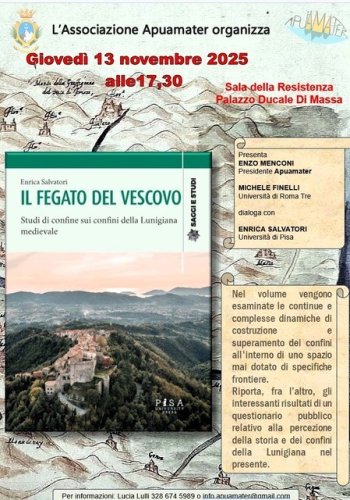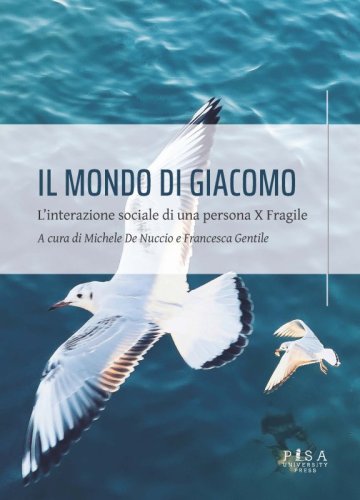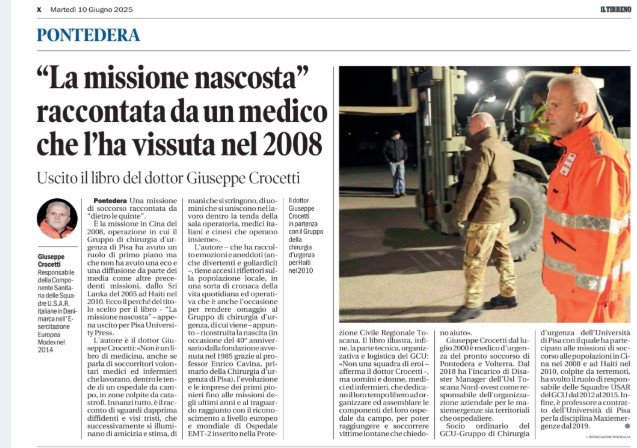Mauro Sassu
Titoli dell'autore
Territorial emergencies: protection of urban areas and infrastructures from extreme climate events
editore: Pisa University Press
pagine: 172
This contribution comes from the investigations carried out on recent flooding events occurred in Italian urban and suburban areas. Starting from monodisciplinary knowledges, it is possible to map out the various risks (hydraulic-structural-pollution-urban-historical-industrial), identifying damage scenarios. From this, with probabilistic techniques, starting from the analysis of each individual risk, it can deduce the “system resilience” of the present state: by improving the individual aspects, it can obtain the “project resilience” providing the investment priorities to optimize costs. Innovation is achieved by combining field skills to evaluate the resilience of a complex settlement, entering in a research and development strand, forerunner of projects for future funding in the field.
Several sample areas have been identified for analysis, implementing the following phases:
a. damage scenarios for fall of vegetation and green areas with management proposals to mitigate the risk of collapse;
b. damage scenarios and warning strategies of existing stream crossings in suburban areas;
c. critical elements of the national energy system and perspectives of increasing resilience;
d. methods of protection of archaeological sites or historical features with transparent covers;
e. environmental damage scenarios for land-pollution hotspots from fl ood risk;
f. failure scenarios and design perspectives for collapses or disruptions of small bridges in secondary roads;
The purpose of this research has been to give a contribution to the management of the risk areas, for obtaining intervention priorities in order to optimize investment and maintenance costs, minimizing the set of the corresponding risks.



